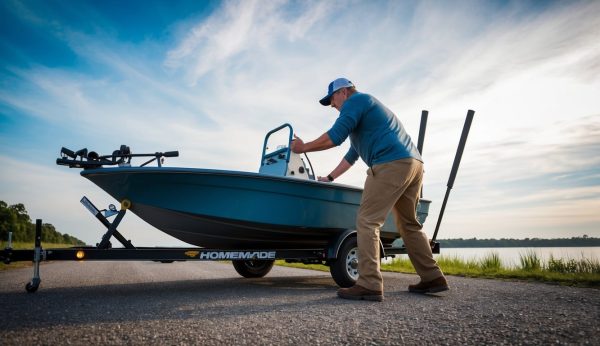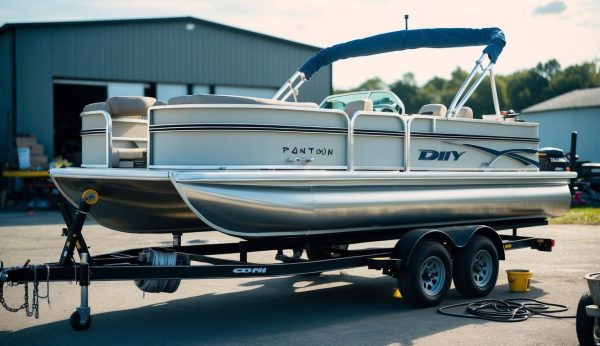Moving your speed boat from one location to another requires careful planning. You have two main options: doing it yourself or hiring professionals. Each choice comes with its own set of advantages and challenges that can affect your wallet, schedule, and peace of mind.
Understanding the differences between DIY boat transport and professional shipping services will help you make the best decision for your specific situation. You’ll need to weigh factors like cost, equipment requirements, distance, and your personal experience level before deciding which route to take. Your boat is a valuable investment that deserves proper care during transport.
Cost savings potential
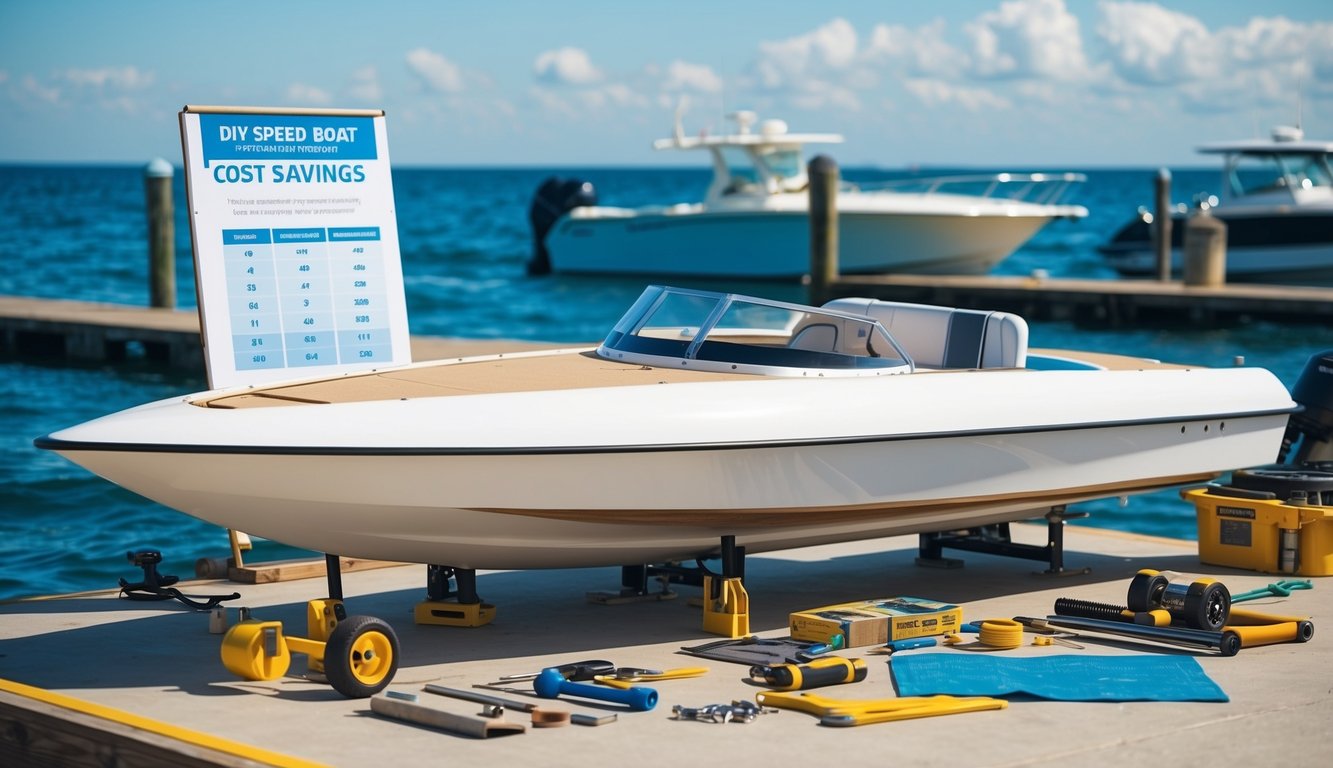
- DIY boat transport can offer significant money-saving opportunities for boat owners. When you transport your boat yourself, you avoid the service fees and overhead costs charged by professional shipping companies.
- The primary financial benefit comes from eliminating labor costs. You provide the work instead of paying someone else to do it, which can make a big difference in your overall expenses.
- You’ll also have greater control over your schedule. This flexibility means you can choose the most cost-effective time to move your boat rather than paying premium rates during busy seasons.
- However, DIY transport isn’t always cheaper in the long run. Surprisingly, professional boat transport can sometimes cost less than moving your boat yourself when all expenses are calculated.
- The hidden costs of DIY transport include fuel, vehicle wear and tear, meals, and possible overnight accommodations. These expenses can add up quickly, especially for long-distance moves.
- You’ll also need to consider whether you already own suitable transport equipment. If you need to rent or purchase a trailer, straps, and other gear, these costs will reduce your potential savings.
Increased flexibility in transport timing
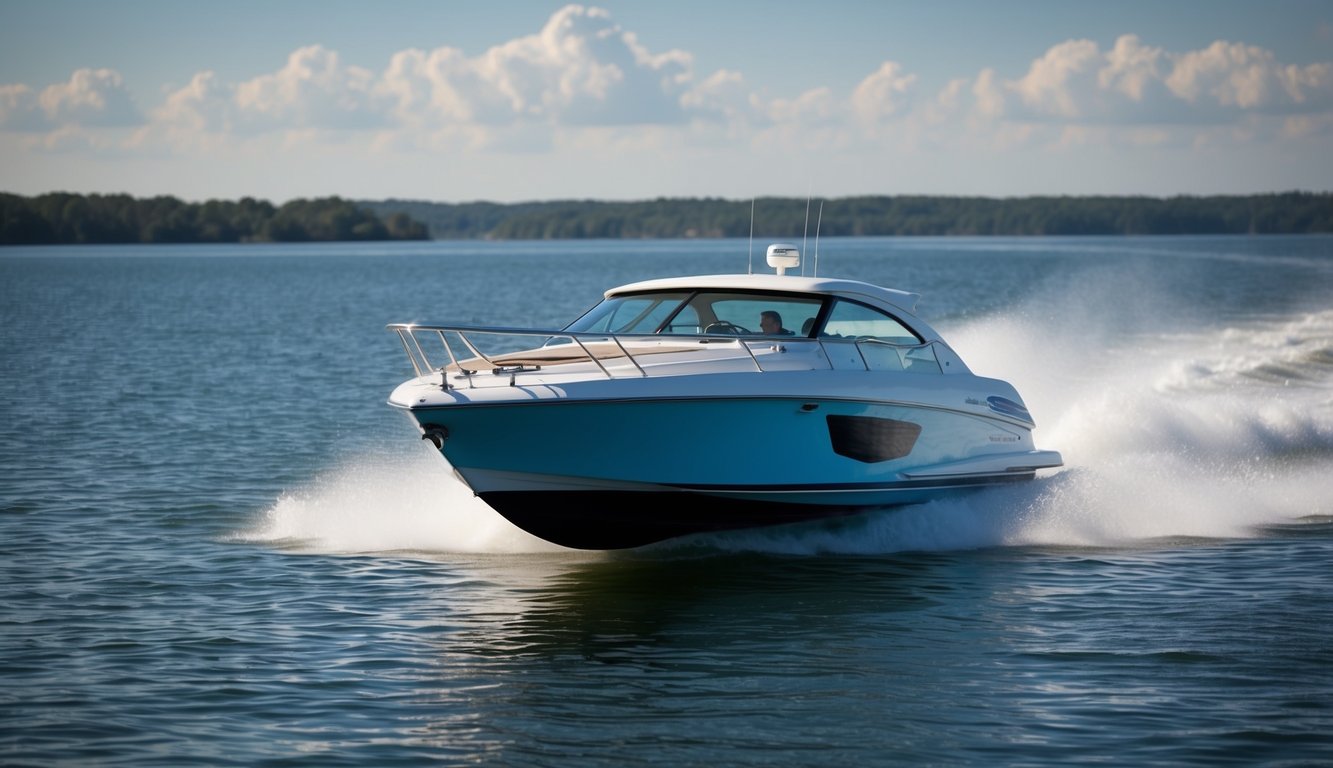
- When you choose DIY boat transport, you gain complete control over your schedule. You can decide exactly when to start your journey without having to wait for availability from transport companies.
- This flexibility allows you to plan around weather conditions. You can postpone your trip if storms are forecasted or quickly take advantage of good weather windows when they appear.
- You won’t need to work around a transport company’s existing commitments. Many professional boat transporters have scheduled routes and timetables that might not align with your preferences.
- Last-minute changes are easier to accommodate with DIY transport. If your plans shift unexpectedly, you can adjust without cancellation fees or rescheduling hassles.
- DIY transport also means you can take breaks along the route if desired. You might want to stop overnight or explore interesting locations during your journey, which isn’t possible with professional services.
- This timing freedom is particularly valuable during busy seasons when professional boat transport services often have long waiting periods. You can avoid delays that might keep your boat off the water during prime boating months.
Requires knowledge of boat towing techniques
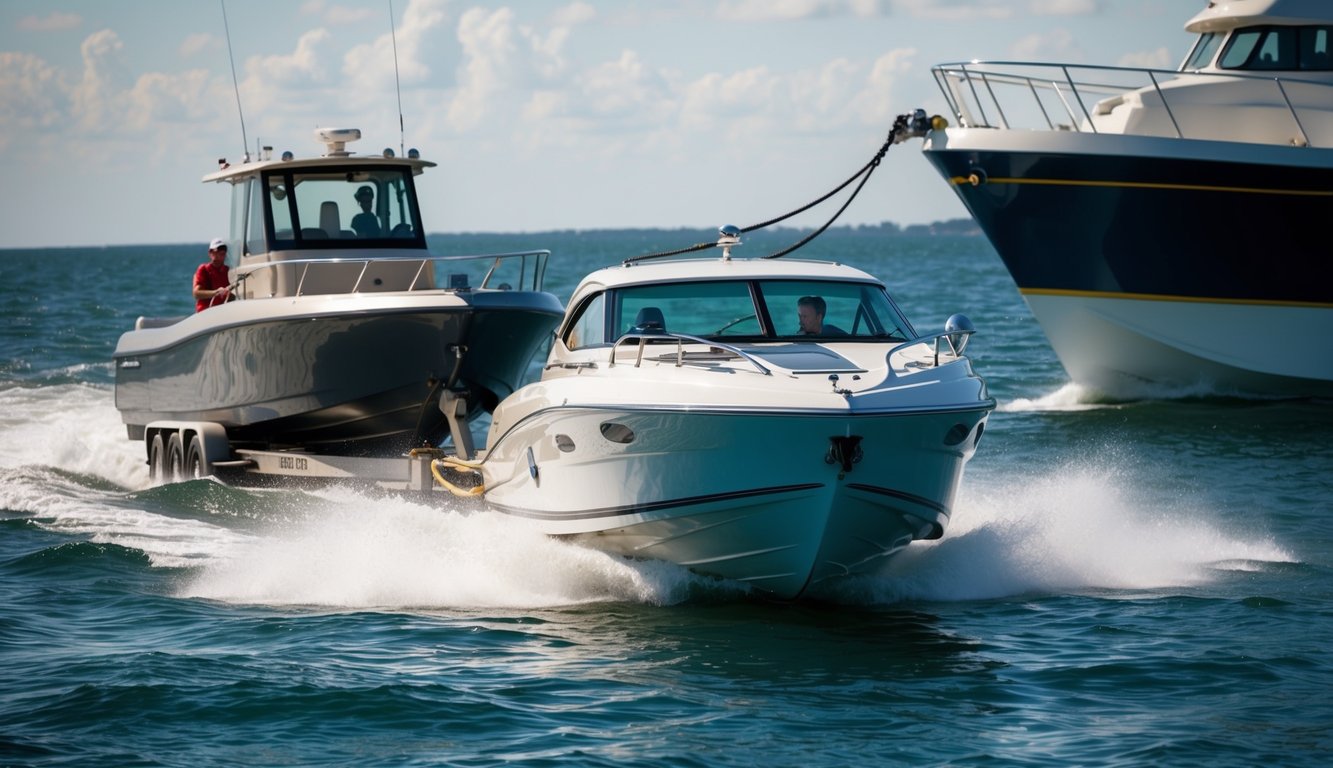
- Towing a speed boat yourself demands specific skills and understanding. You need to know how to properly secure your vessel to prevent damage during transport. This includes using the right straps and ensuring the boat is balanced on the trailer.
- Understanding weight distribution is crucial for safe towing. Safe towing requires thorough knowledge of requirements like GAWR and GVWR, which affect vehicle handling.
- You must be familiar with your vehicle’s towing capacity before attempting DIY transport. Exceeding this limit can damage your vehicle and create dangerous driving conditions.
- Backing up with a trailer takes practice and skill. You’ll need to learn how to maneuver in reverse with a long trailer attached, which can be challenging in tight spaces.
- Weather conditions significantly impact towing safety. You should know when conditions are too hazardous for transport and how to adjust your driving accordingly.
- Launch ramp techniques are another essential skill. Some trailers tilt to create steeper launch angles, but you need to know how to use these features properly.
- Traffic laws for towing vary by location. You must understand speed limits, lane restrictions, and other regulations that apply specifically to vehicles with trailers.
Risk of vehicle damage during towing
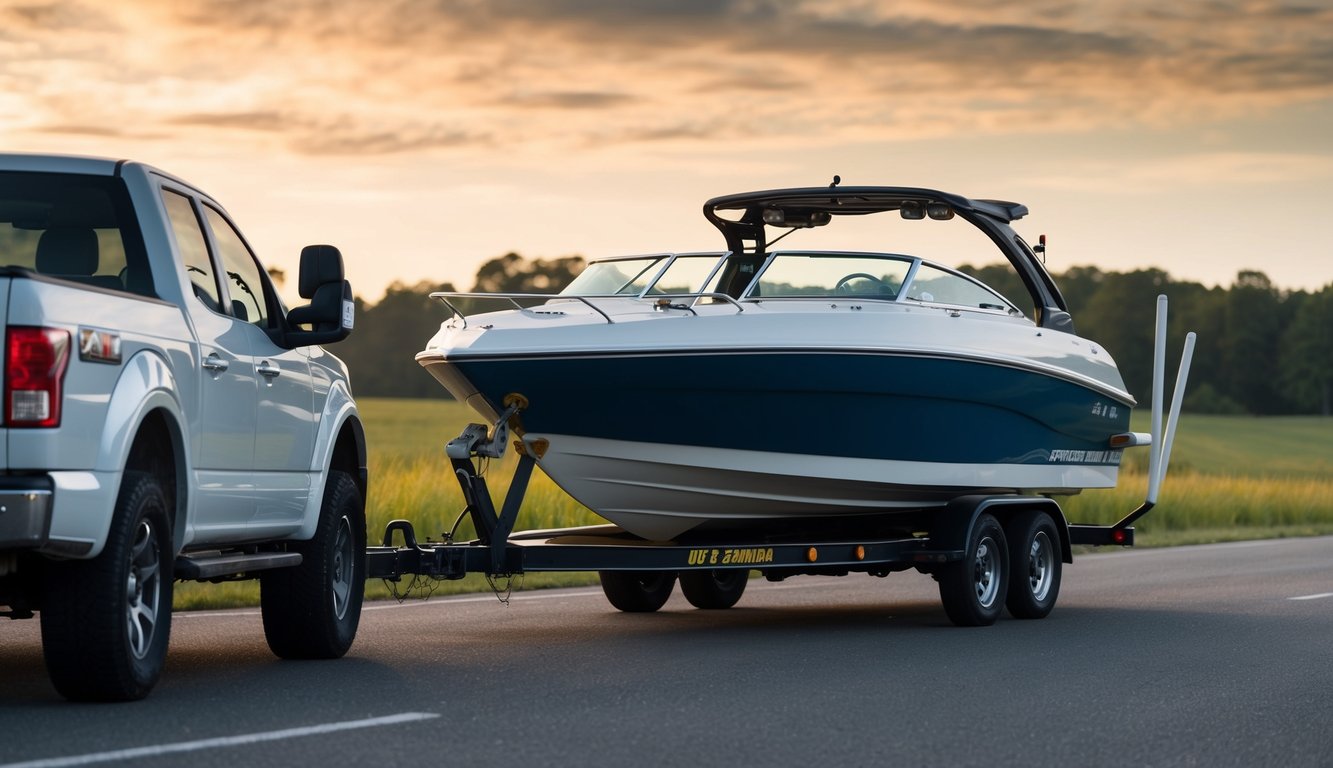
- When you decide to transport your speed boat yourself, one major concern is the potential damage to your vehicle during towing. Improper towing techniques can cause serious damage to your vehicle’s transmission, engine, and other parts.
- Your car’s drivetrain components may suffer strain if you don’t use the correct towing equipment. This is especially true for vehicles not designed for heavy towing tasks.
- The hitch connection is another critical point of concern. If not properly secured, it can cause uneven weight distribution and put excessive pressure on your vehicle’s frame and suspension.
- Sudden braking or sharp turns while towing a boat can lead to swaying or fishtailing. This not only increases accident risk but also puts mechanical stress on your vehicle.
- You might notice transmission overheating during long-distance boat transports. This happens when your vehicle works harder than designed to pull the heavy load.
- Attempting to tow without professional help could lead to costly repairs if damage occurs. These expenses often exceed what you would have paid for professional transportation services.
Opportunity to customize transport process

- When you choose DIY boat transport, you gain complete control over how your speedboat travels. You can decide on the exact route, timing, and stops along the way.
- This customization allows you to work around your own schedule instead of adapting to a transport company’s timeline. You might prefer traveling during specific hours or avoiding certain highways that professional transporters might use.
- You can also choose the protective coverings and tie-down methods that make you feel most comfortable. Professional transporters have standard procedures, but DIY approaches offer a sense of control that many boat owners value.
- If you want to make stops to check on your boat during the journey, DIY transport lets you do exactly that. This can provide peace of mind, especially for those with valuable or vintage speedboats.
- Weather considerations become your choice too. You can postpone travel if conditions look unfavorable, rather than trusting a transporter’s judgment.
- Remember that customization means responsibility. Each decision requires proper research and preparation to ensure your boat arrives safely.
May lead to unexpected expenses
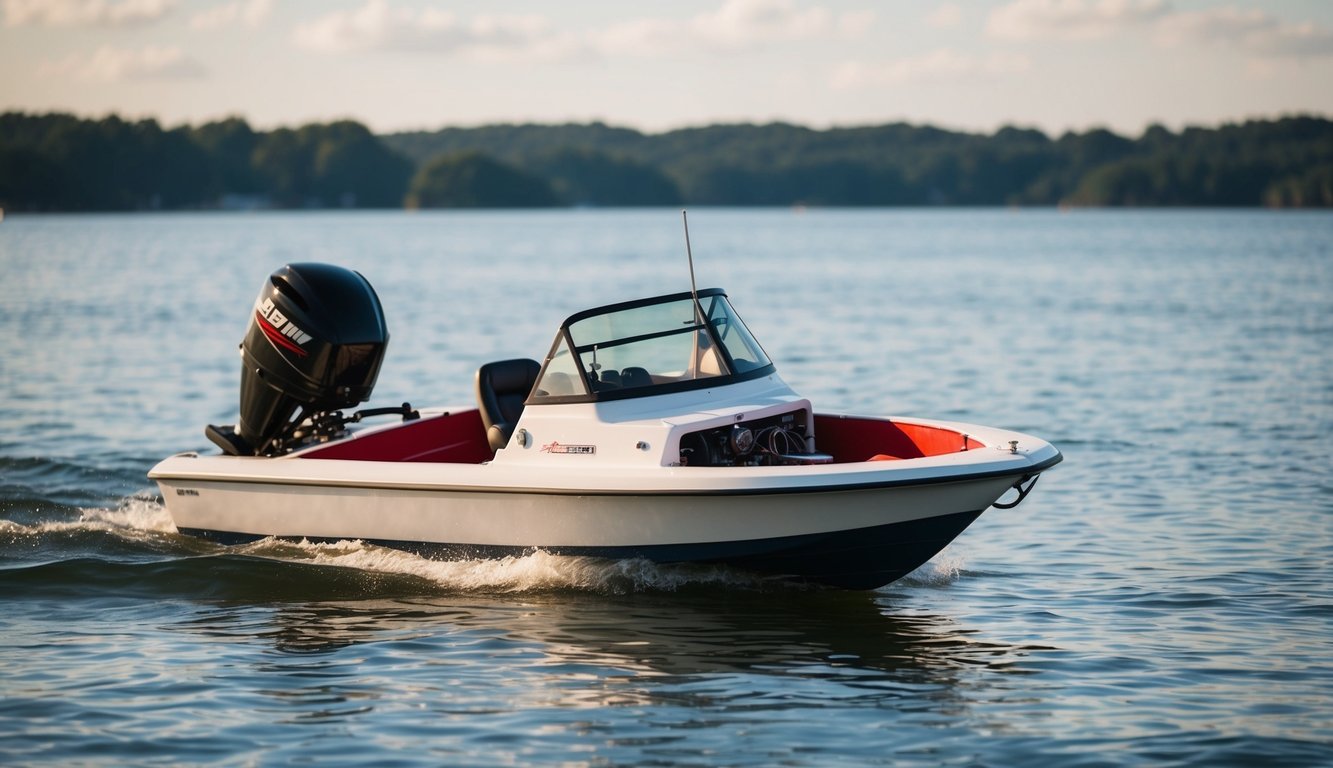
- DIY boat transport might seem like a money-saving option, but it can actually hit your wallet hard in surprising ways. When you handle transportation yourself, you face risks that professionals are better equipped to manage.
- Careful planning and budgeting are essential to avoid these surprise costs. Many boat owners discover this lesson the hard way.
- If your boat gets damaged during transit, repair costs can add up quickly. Without proper insurance coverage for transport, you’ll pay these expenses out-of-pocket.
- Equipment rentals for DIY transport often come with hidden fees. You might need special trailers, tie-downs, or other gear that wasn’t in your initial budget.
- Fuel costs can exceed expectations, especially when towing a heavy load. Your vehicle will consume more gas, adding to your total expenses.
- Emergency roadside assistance might become necessary if you encounter problems. These services can be costly when needed for large loads like boats.
- Using an experienced boatyard to prepare your vessel for transport costs money upfront but can prevent expensive problems later. Professional preparation is an investment that protects your boat.
- Permit fees and toll charges for oversized loads can also catch you by surprise if you haven’t researched your route thoroughly.
Greater Control Over Scheduling
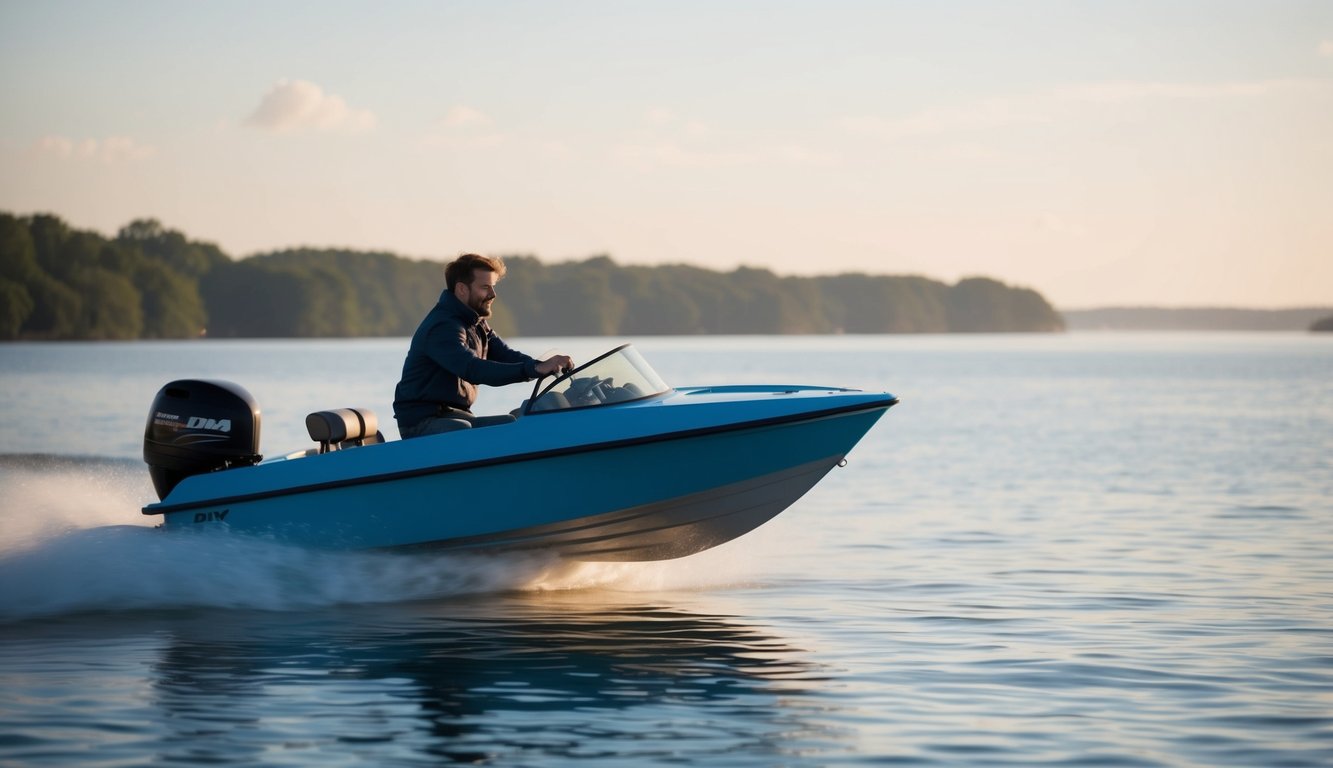
- When you transport your boat yourself, you gain complete command over the entire process. You decide exactly when your boat gets moved, without having to work around a transport company’s timeline.
- This flexibility is especially valuable during busy seasons when professional transporters might be booked weeks or months in advance. You can plan your boat transport around your own schedule, not someone else’s.
- Need to move your boat early in the morning? No problem. Prefer to travel on weekends? That’s entirely up to you. This scheduling flexibility means you can coordinate your boat move with your vacation plans or fishing trips.
- Weather conditions play a crucial role in safe boat transport. With DIY transport, you can easily reschedule if bad weather threatens. You don’t need to navigate cancellation policies or rescheduling fees.
- The ability to control your timeline extends to your departure and arrival times. You can leave early to avoid traffic or schedule your arrival during daylight hours for easier launching.
- This control can reduce stress and make the entire transport experience more convenient, allowing you to plan other aspects of your boating activities with confidence.
Safety challenges with long-distance towing
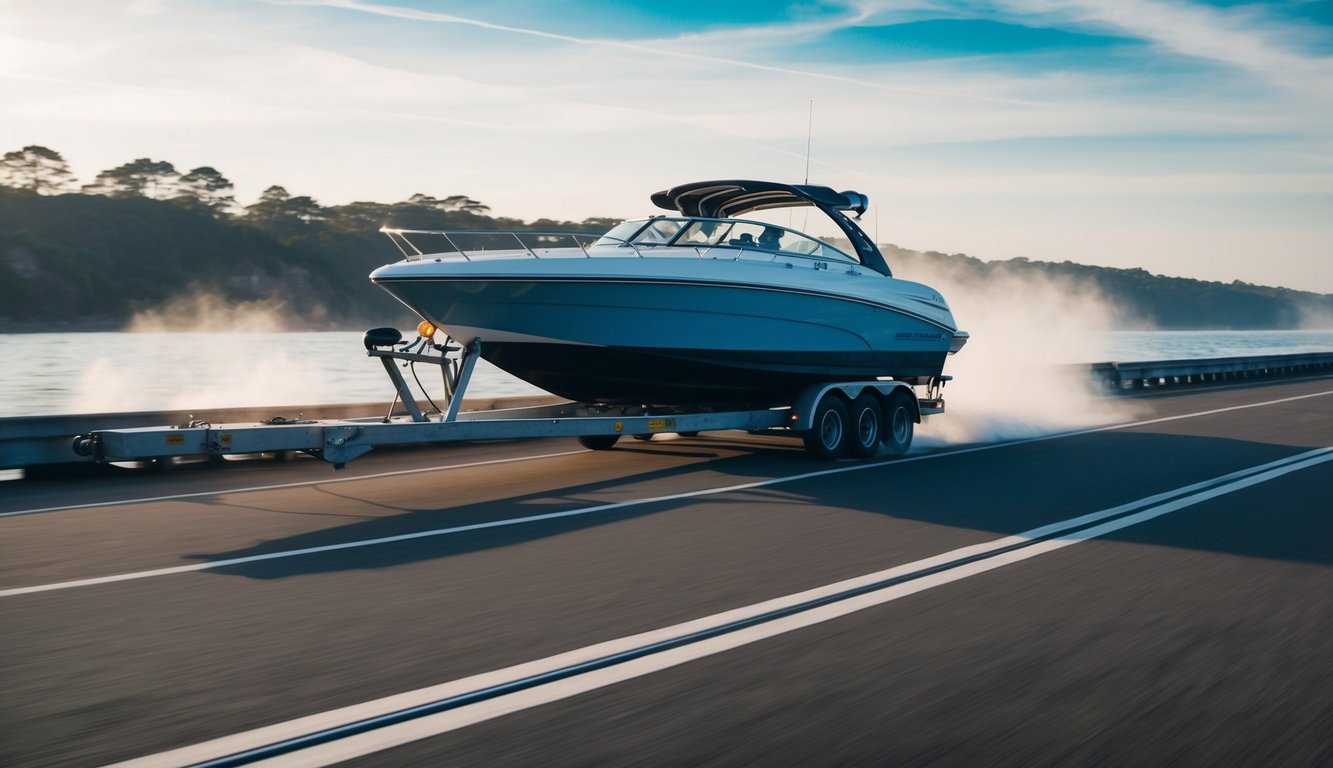
- Towing a boat over long distances comes with serious safety risks you need to understand. Improper towing can lead to traffic violations, fines, and potentially dangerous situations for you and other drivers on the road.
- The weight and size of speedboats make them especially challenging to handle during transport. When towing yourself, you might not have the right equipment or experience to secure the boat properly, which could result in damage or accidents.
- Weather conditions present another major challenge. Strong winds can affect stability, while rain reduces visibility and creates slippery road conditions for towing heavy loads.
- Many DIY transporters underestimate the importance of proper tie-downs and securing methods. Your boat can shift during transit, causing damage or headaches if not secured correctly.
- You must also be aware of speed limits for boat towing, which are often lower than regular driving speeds. Exceeding these limits is not only illegal but increases stopping distance and reduces control.
- Fatigue becomes a serious factor during long-distance towing. The mental strain of maintaining focus while managing a large, heavy load for hours can impair your judgment and reaction time.
Need for specialized equipment
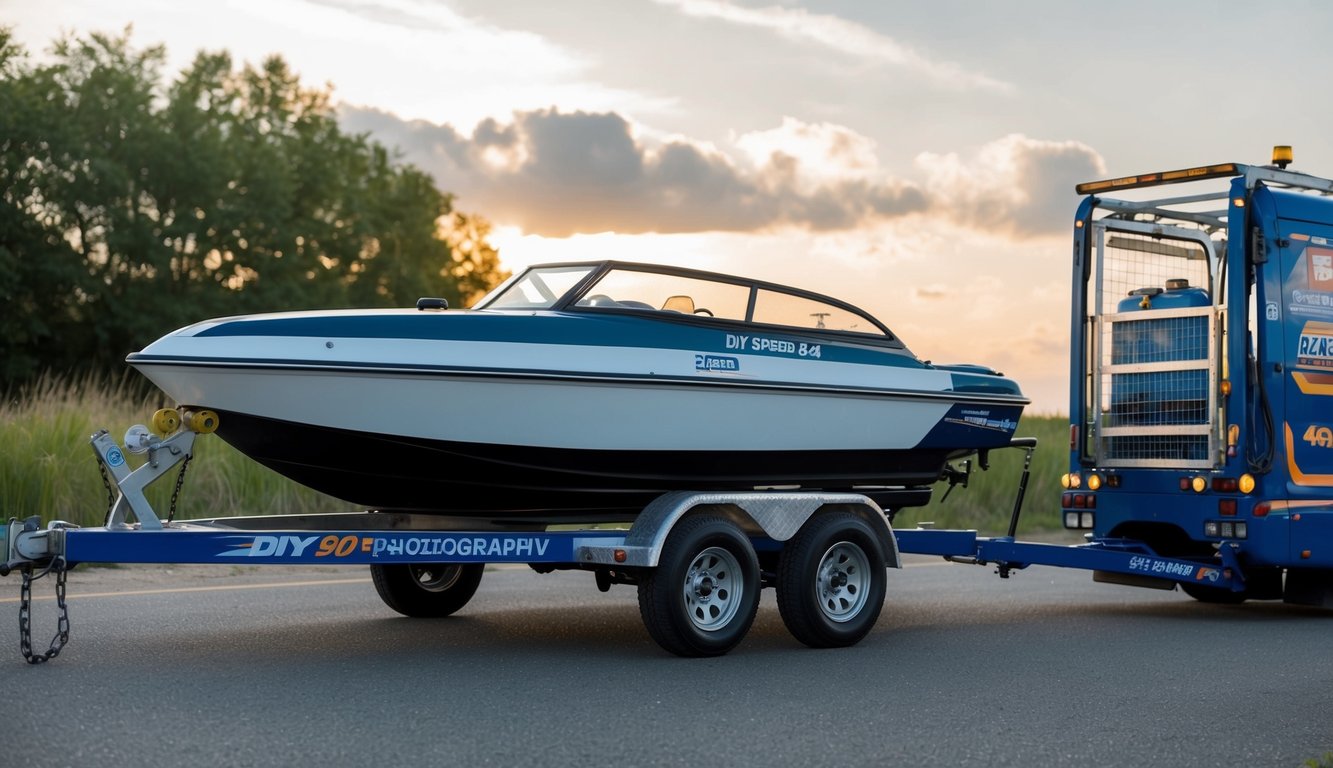
- Transporting a speedboat yourself requires specific equipment that many boat owners don’t have readily available. You’ll need a proper trailer that matches your boat’s size and weight specifications.
- Secure tie-down straps, chains, and winches are essential for keeping your boat stable during transport. Without these, your vessel may shift during transit, potentially causing significant damage.
- Professional transporters have access to hydraulic trailers that can better absorb road shock. These specialized trailers protect your boat’s hull and mechanical components from the vibrations of highway travel.
- Weather protection equipment is another consideration. You’ll need appropriate covers to shield your boat from road debris, insects, and weather elements during the journey.
- Loading and unloading equipment can be costly but necessary. This might include dollies, ramps, or even small cranes depending on your boat’s size and the access points at your destination.
- Proper lighting and signaling equipment must comply with transportation regulations. Professional boat transport services already have all the required warning flags, lights, and signs for oversized loads.
- Measuring tools are needed to accurately determine your boat’s dimensions for route planning. Without precise measurements, you risk encountering clearance issues during transport.



